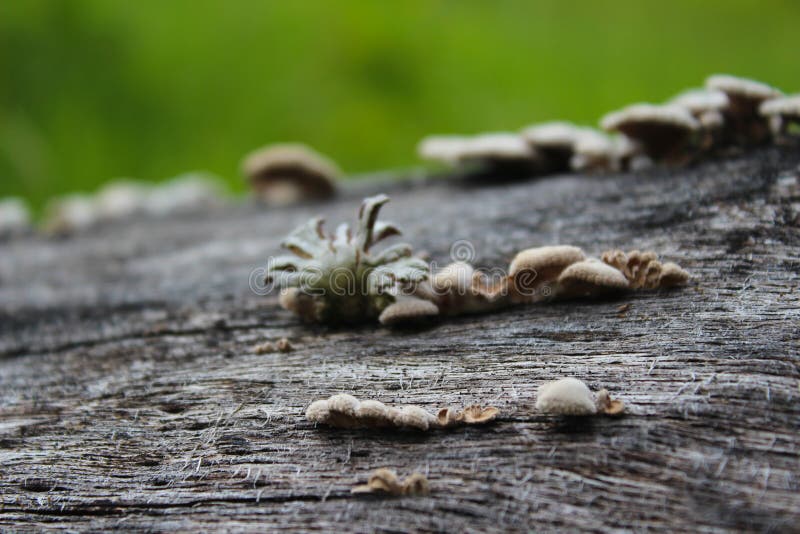


The gut microbiota of termites: digesting the diversity in the light of ecology and evolution. Author Correction: reproducible, interactive, scalable and extensible microbiome data science using QIIME 2. 2018 25:3408–3422.īolyen E., Rideout J.R., Dillon M.R., Bokulich N.A., Abnet C.C., Al-Ghalith G.A., Alexander H., Alm E.J., Arumugam M., Asnicar F., et al. Elucidation of functional chemical groups responsible of compost phytotoxicity using solid-state (13)C NMR spectroscopy under different initial C/N ratios. Since then Chinese people are using the mushroom both as a food with good taste and medicinal herb. The mushroom was reported 2000 years ago in Chinese medicinal book, Shennong’s Compendium of Materia Medica. It has a purplish-grayish brown to dingy brown color, is smooth and wrinkled in the center, and has fine hairs.

2019 28:1177–1186.Īzim K., Faissal Y., Soudi B., Perissol C., Roussos S., Thami Alami I. Auricularia heimuer (Heimuer) was previously identified as A. Wood Ear Mushroom, scientific name Auricularia auricula-judae, is a type of edible jelly mushroom with an ear-shaped form that grows on trees, especially elder trees. The ameliorative effect of Protaetia brevitarsis Larvae in HFD-induced obese mice. Natural resources entomology food science.Īhn E.M., Myung N.Y., Jung H.A., Kim S.J. In addition, by bacterial community analysis, the genera Luteimonas, Moheibacter, and Pseudoxanthomonas were predicted to be functional bacteria for AASMS fermentation and contribute to palatability and digestibility improvement. To solve this problem, in this investigation, we screened out microflora (MF) for AASMS fermentation by comparing the fermentation performance as well as the effect on PBL feed intake, weight gain, and AASMS phytotoxic compound removal efficiency. However, Auricularia auricula SMS (AASMS), which contains woodchips, is less palatable and digestible for PBL. Conversion and utilization of SMS via Protaetia brevitarsis larvae (PBL) have proven to be a high-value AASMS utilization strategy. Mushroom cultivation is a sustainable agricultural waste utilization method, but the lack of high-value utilization of the produced spent mushroom substrate (SMS) has hindered the development of mushroom cultivation-based circular agricultural systems.


 0 kommentar(er)
0 kommentar(er)
